The Australian city of Sydney has installed over 100 nest boxes to serve as homes in place of the wildlife sanctuaries destroyed amid land clearing, urbanisation, and other human impacts.
Nest boxes—designed for animals to roost, nest, rear their young, and use as a temporary shelter from poor weather—provide much-needed accommodation for Sydney’s other “housing crisis,” urban ecologist James Macnamara said.
“Our industries and businesses have to find a place, but we also need to look after and create homes for our local wildlife as well,” he said.
They are particularly useful in urban environments where older trees are not readily available.
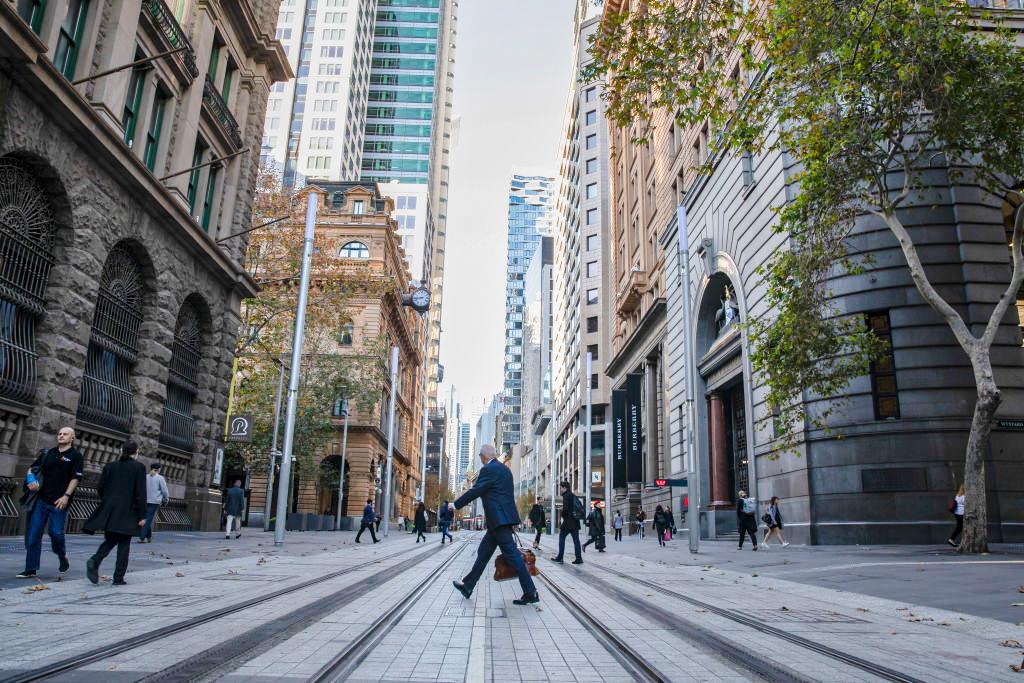
City of Sydney’s lord mayor Clover Moore said the boxes would hopefully attract more animals to the city as the ecosystem rebuilding continues.
“Our parks are not only the city’s lungs, they’re some of the last vestiges of habitat for native species that have been largely driven out of our area,” Moore said.
“We installed more than 40 of these nesting boxes in parks in March last year, which became homes for ringtail and common brushtail possums and other wildlife, providing a safe space away from predators, both native and introduced.”
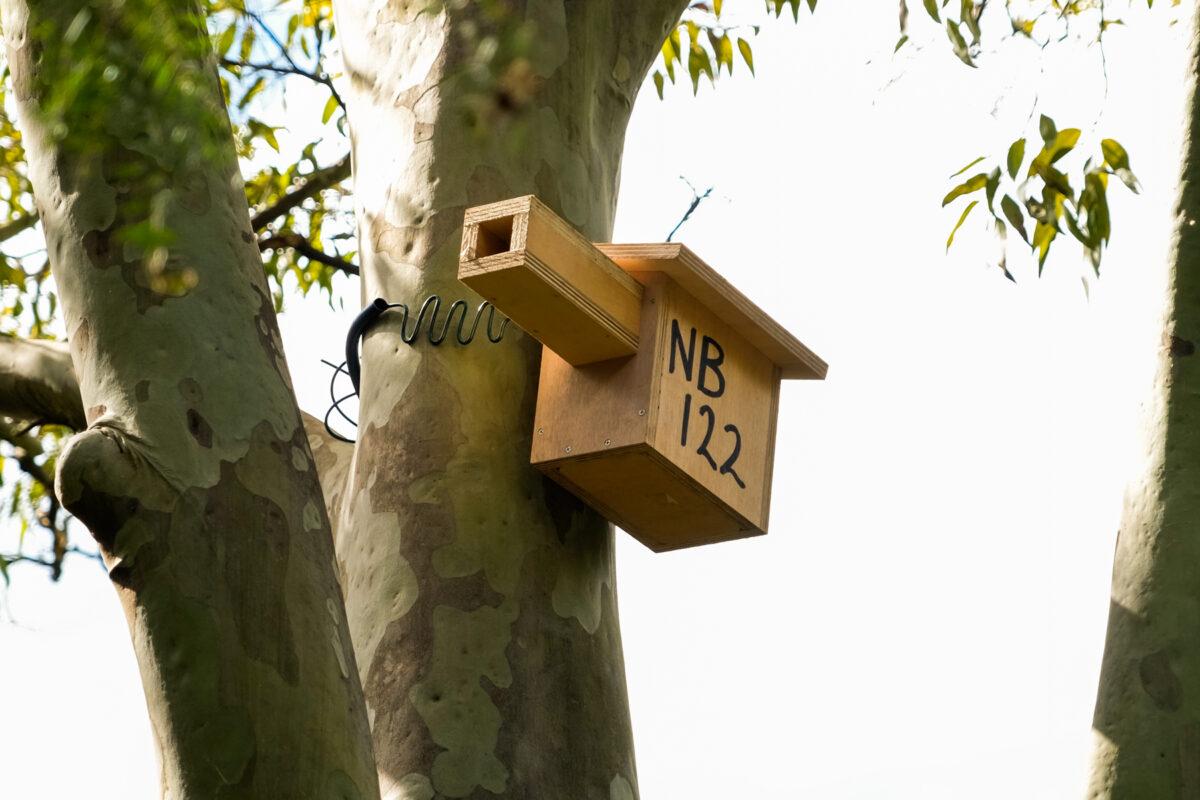
The Sydney council recently placed 62 nest boxes in Hyde Park, Victoria Park, Prince Alfred Park, Harmony Park, Cook and Phillip Park, Orphan School Creek, and Kimberly Grove Reserve.
This adds to the 43 that have been in Sydney Park, Federal Park, and Blackwattle Bay since March last year.
Scratches inside the nest boxes have been spotted, showing signs that the boxes have been used.
They will periodically inspect the nest boxes to document how they are being used and investigate which species have moved in.
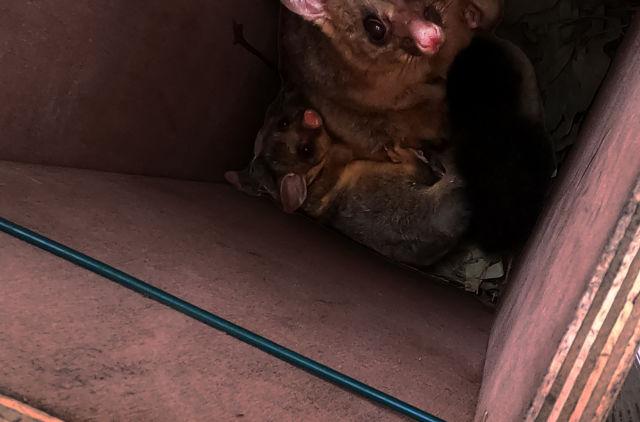
Macnamara added that this program is not only critical for protecting local species but also for the people that live there.
“Microbats and small birds are important for controlling insect populations,” Macnamara said.
“Possums help pollinate native eucalyptus trees and are a prey species for vulnerable powerful owls who help control the possum, rodent and rabbit populations.
“A healthy and diverse ecosystem is able to thrive and provide all of its benefits to the city’s plants and animals, as well as its residents.”
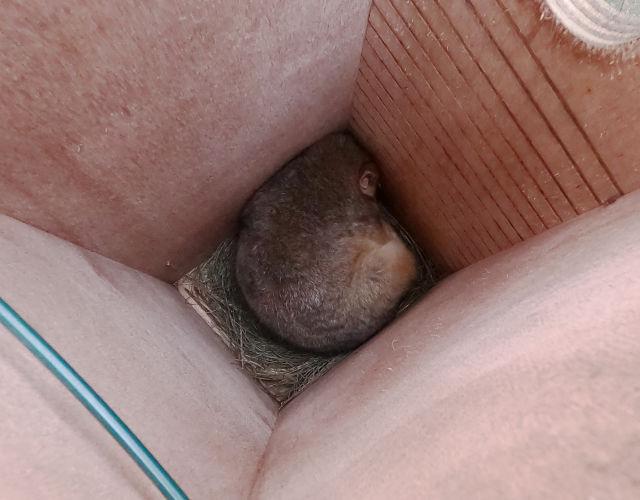
Needs Systemic Overhaul
While placing nesting boxes in city centres is a positive move towards promoting biodiversity, the University of Queensland’s postdoctoral research fellow Christopher O’Bryan, who has researched and published papers on human-wildlife conflict and coexistence, says it’s a band-aid solution to systemic issues.“We can try to put nest boxes, plant trees and things, but it’s only going to work so much if we don’t stop the source, which is habitat loss and fragmentation due to overdevelopment, poor regulations, and land clearing,” O’Bryan told the Epoch Times.
“Environmental legislation has generally lacked the necessary regulatory teeth to stop further development or loss of pristine habitat.”
He says that Australia can do more, including promoting native species and native regeneration of vegetation.
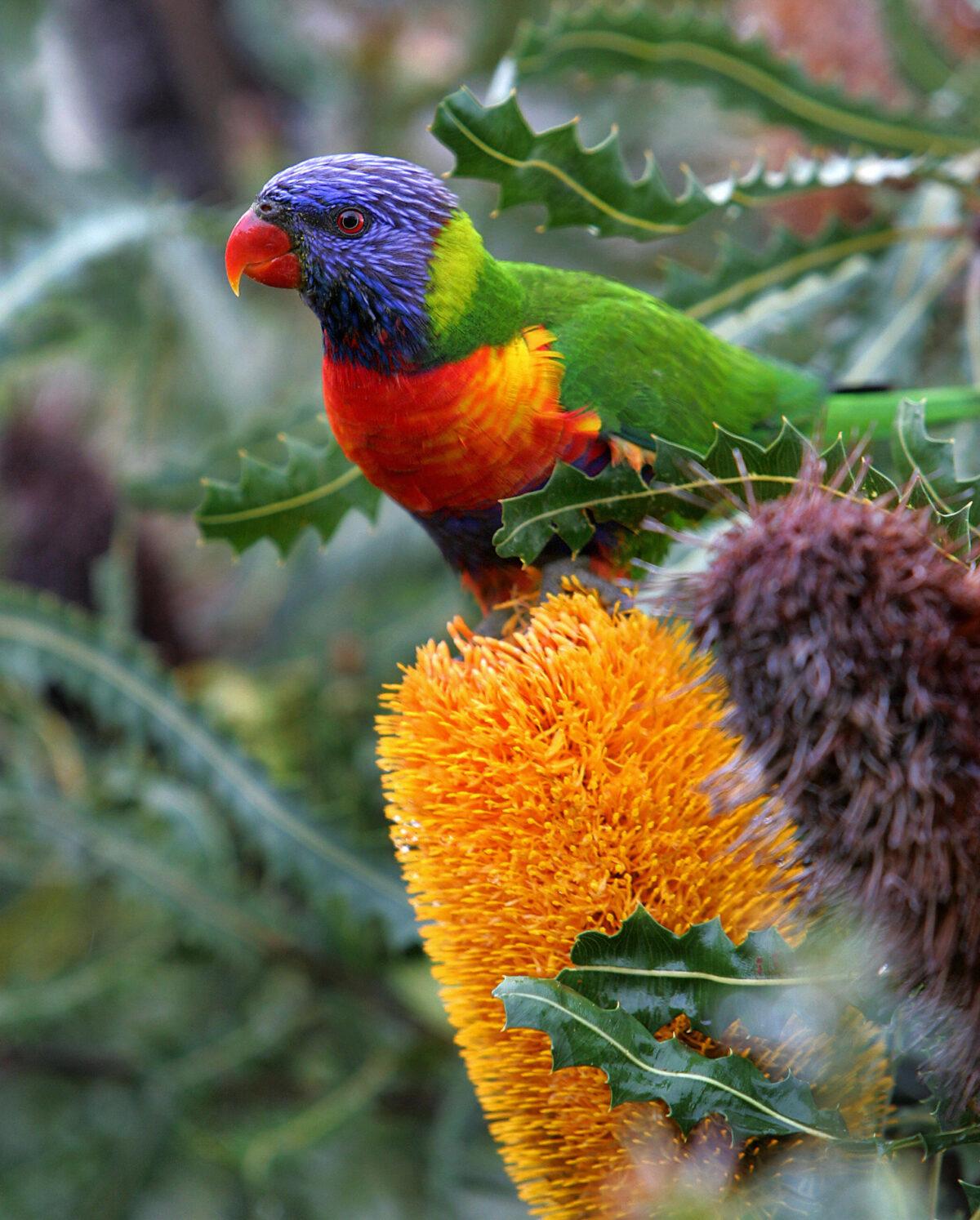
“Schemes can be created where money can flow to conservation organisations that are actively working on regenerating landscapes back to native land,” he added.
3D Printed Nest Boxes
A study by Australian researchers found that by using 3D printing technology, they could make nest boxes more comfortable for animals by closely mimicking the thermal properties, longevity, and internal dimensions of natural tree hollows.Large-scale installations of nest boxes and other artificial structures are a crucial element at a time when we’re trying to rebuild wildlife populations, according to lead researcher and Charles Sturt University’s Professor David Watson.
“What sets our 3D printed hollows apart from the traditional wooden nest boxes—which have been around for the last 3,000 years—is that they are able to better control the internal temperature,” Mick Callan, one of Watson’s team of research students, said.
“This means the nest is much better insulated and provides a more comfortable home for the animals.
“Our hollows are also anticipated to have comparable longevity to natural hollows, which is superior to timber nest boxes which typically last eight to ten years.”
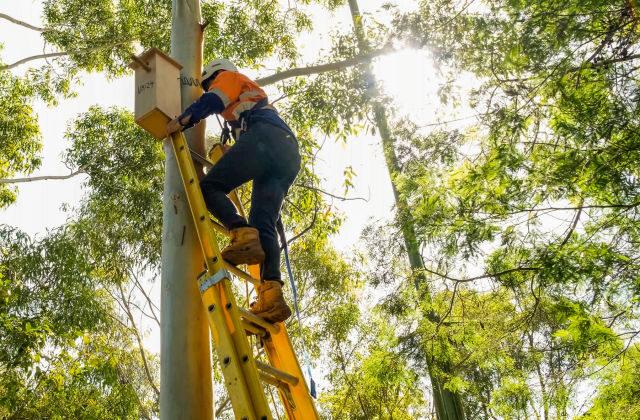


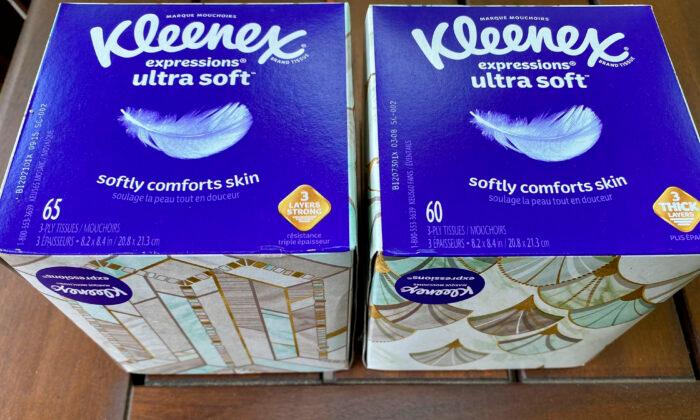
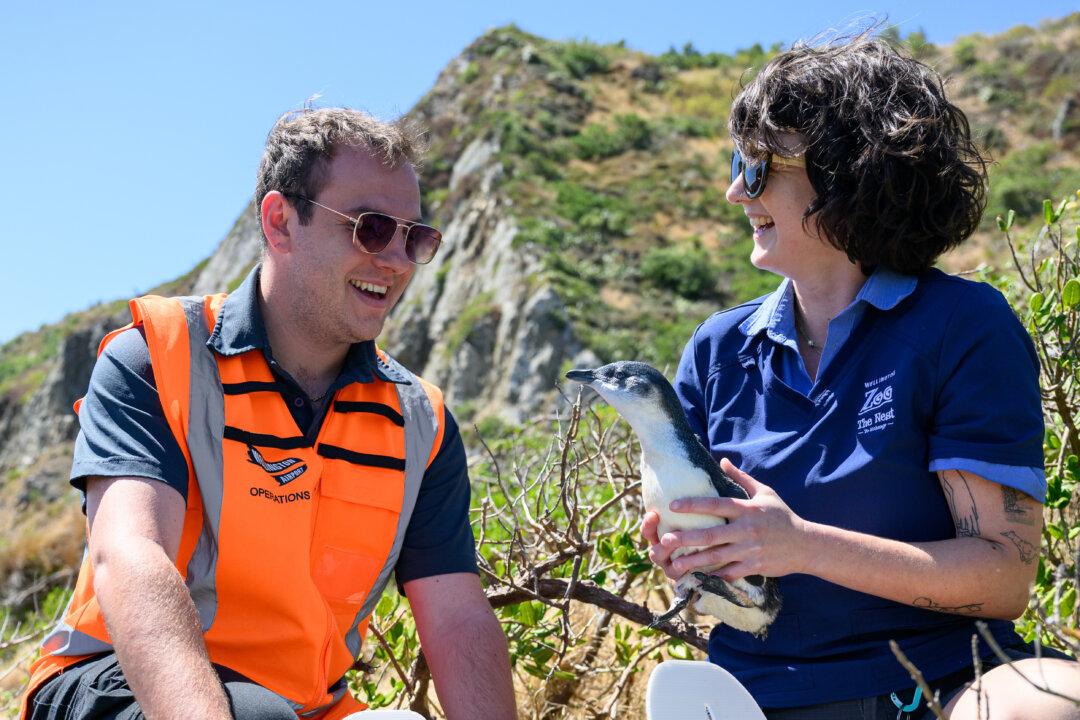
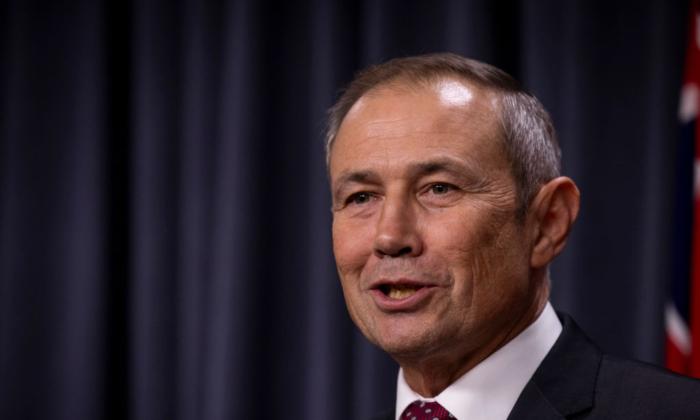
Friends Read Free